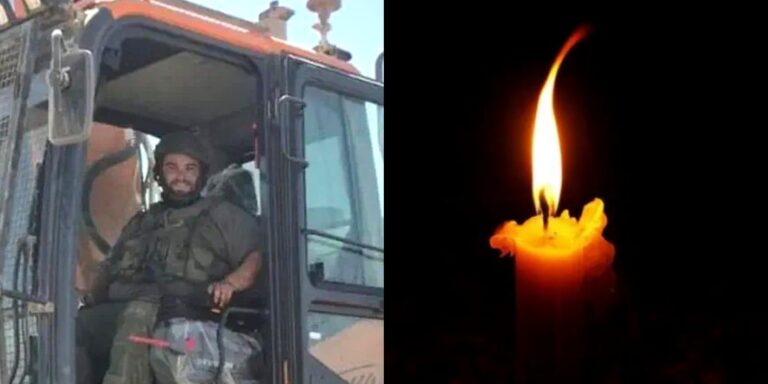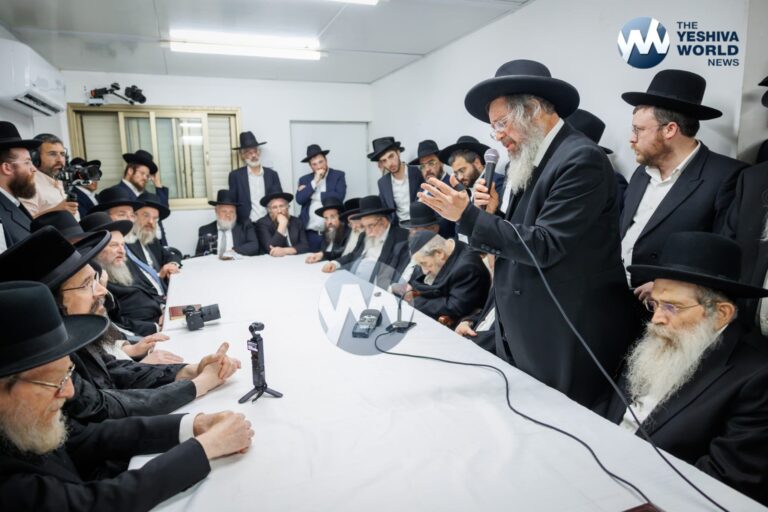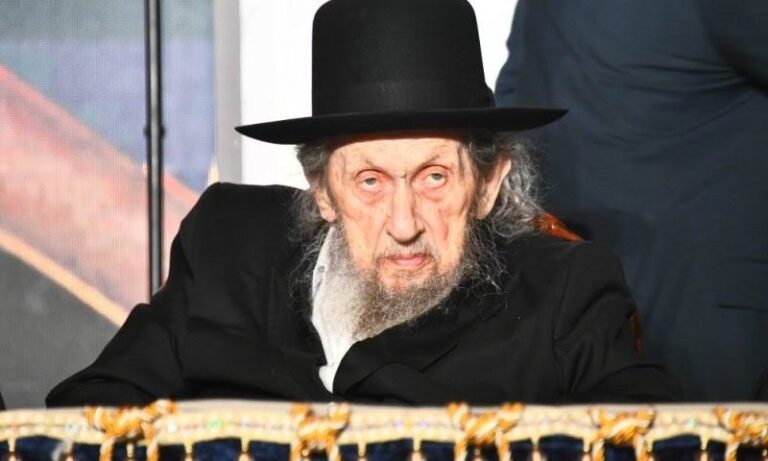 By Rabbi Yair Hoffman for the Five Towns Jewish Times
By Rabbi Yair Hoffman for the Five Towns Jewish Times
For the Refuah Shleimah of Boruch Zev Ben Bracha
THE THREE DAYS OF HAGBALLAH
“The essence of these days,” according to the Shaar HaMelech, “is to separate ourselves from all the vanities of this world to be prepared to greet Hashem. In each and every year we should look at ourselves as if we are preparing ourselves for Kabalas HaTorah on the mountain of Sinai.”
The separation means to focus on things spiritual, and avoid an emphasis on aspects of the physical world that take us away from concentrating on Hashem and upon our relationship with Him. Our brachos should therefore be recited with more intensity and concentration, we should avoid unnecessary window shopping and looking at catalogues. Rather, our focus should be on three more important things: 1] improving on Davening, 2] on focusing more on the life lessons inherent in our Torah studies, and 3] upon Chessed. Each of these three brings us ever closer to Hashem Yisbarach.
OTHER NAMES OF SHAVUOS
Another name for the Yom Tov of Shavuos is Atzeres. There are actually two Yomim Tovim with this name. Both of them have a unique and special quality to them that no other Yom Tov has. Shavuos is achieving a state of being alone with Hashem. The Bais Avrohom explains in terms of the Dveikus that can be achieved through the Yomim Tovim that Pesach is considered like the period of engagement and Shavuos is like the very wedding itself. When the mountain was placed upon the nation of Israel like a barrel – it was likened to a Chuppah.
The closeness to Hashem that we achieve at Matan Torah makes Shavuos the ideal time to celebrate the first fruits of the Seven Species with which Eretz Yisroel is blessed. During this time the first fruits were harvested and brought in decorated baskets to the Beis HaMikdash. Thus, another name for Shavuos is Chag HaBikkurim (the Festival of the First Fruits).
Shavuos is also the time when we celebrate the abundant wheat harvest that Hashem has given us. This is why it is called Chag HaKatzir (the Feast of Harvest). It is because Shavuos is also the beginning of the wheat harvest that we bring the shtei haLechem (two loaves) as a meal-offering in the Beis HaMikdash.
SHAVUOS CUSTOMS
No Bloodletting or Testing
The Talmud (Shabbos 129b) tells us that a celestial damager was sent out against the nation of Israel on the day before Shavuos. It’s name was T’voach. By virtue of Klal Yisroel having accepted the Torah, they saved themselves from the destructive fate of T’voach. On the eve of Shavuos we do not engage in any form of bloodletting because of the dangers involved. Indeed, the sages forbade doing so on every Erev Yom Tov on account of Shavuos. The Minhag is cited by the commentators (Darchei Moshe CM 468:3) and the custom in Klal Yisroel is to avoid it unless there is medical need.
Some people have the custom to sleep on Erev Shavuos in order to be able to stay up the entire night on Shavuos. The Mogain Avrohom (OC 290) quotes the Sefer Chasidim that when Erev Shavuos falls on Shabbos, it is forbidden to say that one is resting so that he or she can be awake for the night of Shavuos.
The Minhag of Grass and Trees in Shul
There is a Minhag mentioned by the Ramah in Shulchan Aruch (OC 494) to place grass, flowers, and trees in Shul on Shavuos. One explanation for this is found in the words of the Levush (Rabbi Mordechai Yaffe):
It commemorates the grass that surrounded Har Sinai at the time of Matan Torah. As the verse states, “the sheep and flocks may not graze..” The indication is that grass grew there. It is a worthwhile Minhag to continue because it helps us relive the experience at Har Sinai – an experience that we actually go through once again.
Another explanation is that it commemorates the bringing of the Bikkurim the first fruits, which were made from baskets woven and decorated from and with grasses and flowers (Ziv HaMinhagim).
Another explanation is that Moshe Rabbeinu was saved on the banks of the Ye’or which had grassy knolls (Chiddushei HaRim – the Gerrer Rebbe).
The Brisker Rav explained that the decorations are a minimum form of decoration and show us that the only means in which one can acquire Torah is if we are satisified with the minimum and not pursue luxuries and other forms of consumption. Grasses are mentioned in this vein in the Gemorah Eiruvin 22a by Rabbi Adda Bar Ahava ( Moadim L’Simcha p. 402).
The Minhag of Milchigs
The Ramah mentions that it is the custom to split the meal on Shavuos, where the first half of the meal is comprised of dairy foods and the second half is comprised of meat foods. Although it is no longer the custom to split the meal, we do have the custom to eat dairy foods on Shavuos. The reason for this custom is to remind us that when we received the Torah we were taught the laws of preparing the meat in the proper, kosher manner. Since we were unable to this immediately, we consumed only dairy foods at the time.
Waiting for Nightfall
Although generally we are permitted to bring in Shabbos or Yom Tov slightly earlier than is required, in regard to Shavuos the custom is not to pray immediately but to wait for nightfall. The reason is that we want to count the Omer completely and perfectly. Doing so would entail making sure that the last day is complete.
The Minhag to Stay Up All Night
Although the custom is not mentioned in the Talmud nor in the Shulchan Aruch, the custom has developed in Klal Yisroel to remain awake the entire night of Shavuos and to study Torah. The Seforim HaKedoshim explain that one who stays up all night studying Torah merits “Gilui Shechina” revelation of Hashem’s Divine Presence on that night.
The Kaf HaChaim (OC 494) writes that women who have the custom of counting the Omer can indeed partake in perfecting the Tikkunim involved in the Mitzvah of Sfiras haOmer by learning at night as well. Other Poskim explain that there was no Minhag for the women to stay up as well.
The author can be reached at [email protected]










